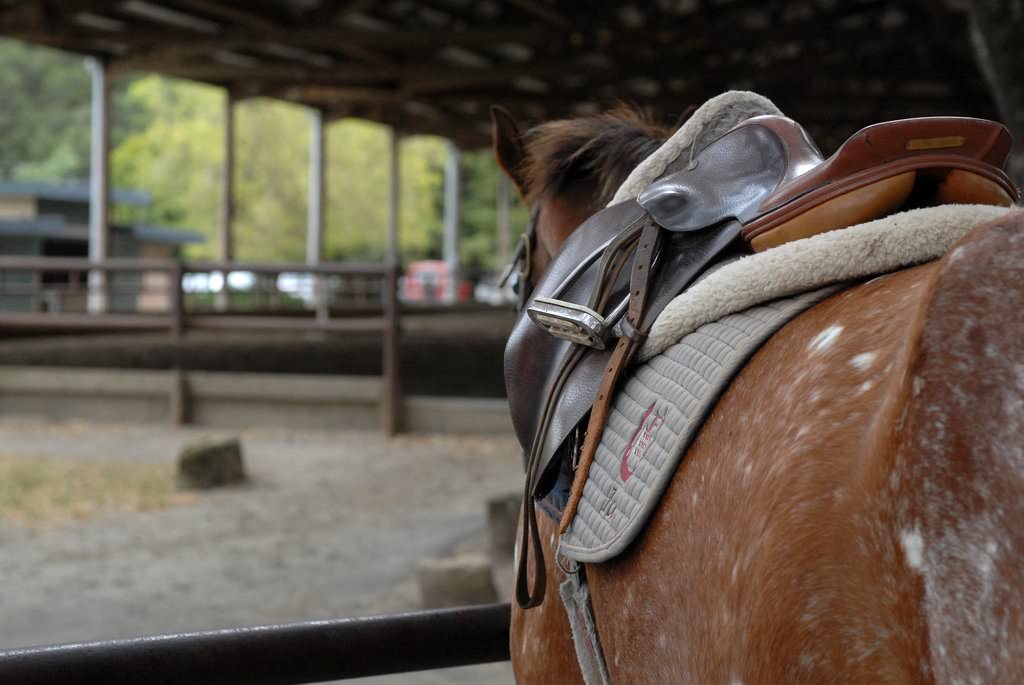How much weight can a horse carry? It’s a question that has loomed large in the equestrian world for almost as long as humans have been riding horses. But surprisingly little scientific research is available on the topic.
Many equestrians are quick to argue that rider weight is less important than rider ability; a quiet, competent rider’s weight will be less of a burden on a horse than an unbalanced or overly active rider. However, even with a highly skilled rider, at some point the weight will simply exceed what an individual equine can carry.
The problem is not necessarily related to overweight riders, but rather riders who are mounted on horses or ponies that are simply too small for them. According to a report in Horse and Hound last year, the Great Yorkshire show enforced a rule that allowed officials to ask a rider to dismount if they exceeded 20 percent of their horse’s weight. The impetus for this rule was primarily adults mounted on children’s ponies in the warm-up ring.
The 20 percent rule is a commonly cited one that dates back to military guidelines from generations past. The guideline was based on the opinion of expert military horsemen of the time, but there isn’t much concrete research to either back it up or provide an alternative guideline. That’s where the AHT study comes in.
The AHT is currently seeking horse owners around the U.K. who can donate their horses for the study, which will take place from September 3-8 at World Horse Welfare’s location in the village of Snetterton in Eastern England.
According to AHT:
The aim of this study is to investigate whether there are any short term measurable differences when horses are ridden. During the study each horse will be ridden by 4 competent riders of different weights. Subjective and objective assessment of gait and behaviour when ridden, measurement of forces under the saddle, heart rate during exercise and recovery, cortisol levels and back dimensions before and after exercise will be assessed.
The study does not query what size or weight a rider should be, but will investigate the effect of different rider to horse weight ratios. This will enable vets, owners and trainers to determine an appropriately sized partnership. A rider can be heavier than another and still work a horse in good balance and posture. However, regardless of the competency of the rider, if they are too big or too heavy and the horse does not have the core strength to support that excessive pressure, injury will occur. No one wants to see a horse caused discomfort or pain, so this is a step towards a practical solution to an increasing problem.
Owners of participating horses will receive free advice from vets, saddle fitters, equine nutritionists, and other experts, and any necessary saddle fitting adjustments will be completed free of charge.
Find out more about the study at aht.org.uk.
Leslie Potter is a writer and photographer based in Lexington, Kentucky. www.lesliepotterphoto.com







I think that is awesome and Info that is great to add to our horse health protocols, but Right off hand I think that the study would be more conclusive if the same accomplished rider rode each of the horses with an increased amount of weight added at each test. Second, the horse should each be similar in build and condition, as to reduce the influence of confirmation faults and fitness to skew results. Also, I would hope that the Test would be executed on the same footing conditions as well. Perhaps these suggestion are already part of the study, which in case would be awesome, but if not, they should be.
Looking forward to the results. yay!